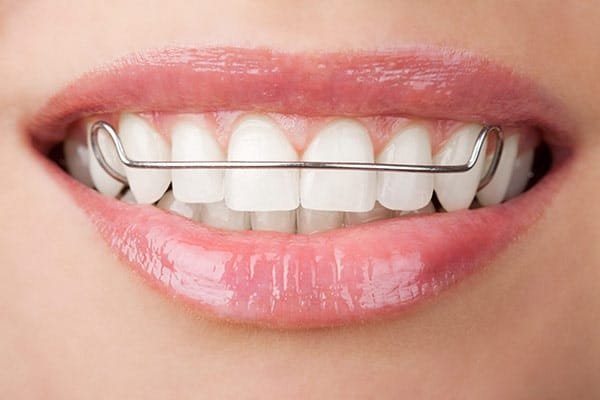Keeping your smile after braces is crucial. Retainers play an essential role in this process. Once braces are off, teeth still want to move. Retainers keep them in place, ensuring your smile stays straight. You have options like Redlands clear aligners. These aligners are comfortable and effective at maintaining your hard-earned results. They fit snugly, reducing the temptation to skip wearing them. Skipping retainers can lead to teeth shifting back. This might undo months or years of effort. Consistent use of retainers prevents this setback. They act as guardians, holding your smile in place. It’s important to wear them as directed. Making this part of your daily routine ensures your investment in braces pays off. Retainers are not just an afterthought. They are vital for lasting results. Remember, a beautiful smile is worth keeping. With a little effort, you can maintain it for years to come.
Why Retainers Matter
After orthodontic treatment, your teeth are not entirely stable. Bones and tissues need time to adapt to their new positions. Retainers help stabilize teeth during this transition. Without retainers, teeth drift back to their original spots. This relapse can be frustrating and disappointing.
Types of Retainers
There are different types of retainers. They vary in design and function. Understanding your options helps you make informed choices. Your orthodontist will guide you, but here’s a quick overview:
| Type | Pros | Cons |
| Removable (Hawley) | Durable, adjustable | Visible, requires cleaning |
| Removable (Clear) | Invisible, easy to wear | Fragile, can discolor |
| Permanent | Always in place, effective for lower teeth | Harder to clean, requires flossing aids |
How Long Should You Wear Retainers?
The duration for wearing retainers varies. Initially, full-time wear is often recommended. As time passes, you may switch to night-time wear. This helps maintain tooth position. Consistency is key. Skipping nights can lead to shifts.
For more detailed guidelines, consult with your orthodontist.
Maintaining Your Retainers
Proper care extends the life of your retainers. Clean them regularly to avoid bacteria buildup. For removable retainers, brush them with toothpaste and rinse with water. Avoid hot water as it can warp plastic types. Permanent retainers require flossing aids to clean effectively. Regular dental check-ups are important to ensure everything stays in good condition.
Common Challenges and Solutions
Wearing retainers might feel odd at first. You may experience slight discomfort. This is normal. However, if pain persists, consult your orthodontist. Speech might also be affected temporarily. Practice speaking with your retainers on. You’ll adapt quickly. If you lose or damage your retainer, address it immediately. Delaying replacement can lead to tooth movement.
Long-term Benefits
Consistent retainer use offers lasting rewards. It maintains the alignment achieved through braces. A straight smile boosts confidence and contributes to better oral health. Misalignment can lead to gum disease and tooth decay. By keeping teeth aligned, you reduce these risks.
Conclusion
Retainers are a critical part of your orthodontic journey. They guard your smile and ensure that the effort put into braces is not wasted. Each type of retainer has unique benefits. Choose what works best for you. Stick to the advice of dental professionals. With care and dedication, your smile will stay beautiful for years. Your commitment to wearing retainers pays off in the form of a lifetime of confidence and oral health.



